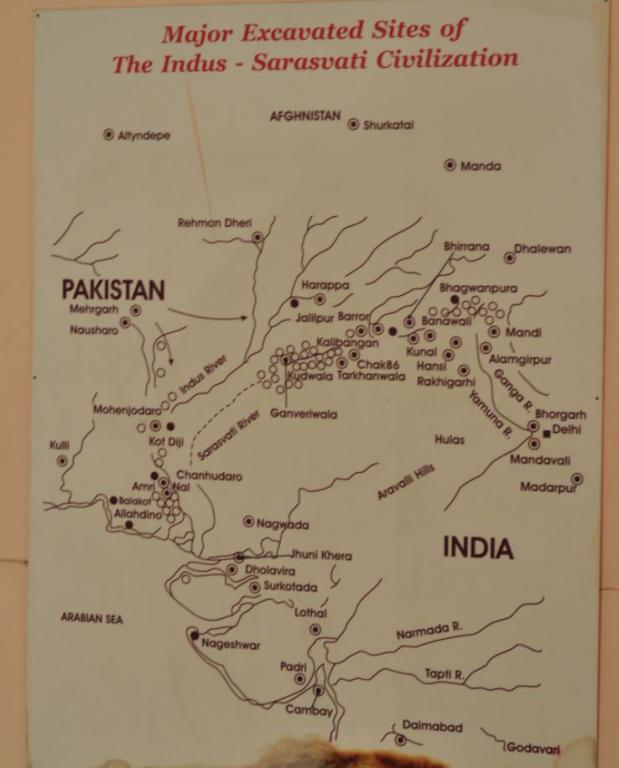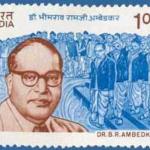Any survey of Buddhist history has to cover the great ancient civilization of India: the Indus Valley Civilization. Though little is known of the civilizations today, archaeologists and other scholars continue to unearth artifacts from the civilization and posit ever more extensive theories about the lives of people in the civilizations. The civilization flourished from approx 2600-1900 BCE, with earliest traces dating to 6500-6000 BCE and final developments ending around 1300 BCE.
Despite predating Buddhism by at least almost 1000 years, elements of the culture from this civilization almost certainly survived into the age of early Buddhism and beyond.

For example, one famous seal from the civilization depicts a man seated in a yogic position (similar to the lotus posture) with animals around him. These, some claim, are depictions of the Hindu god Shiva, or a sort of proto-Shiva.
While this is uncertain, the depictions in these and other seals along with other archaeological evidence gives an intriguing glimpse into an ancient way of life which helped create at least part of the context into which the Buddha would be born a thousand years later. It is made more fascinating by the fact that, as Richard Gombrich writes, “there is virtually no archaeological evidence concerning Indian religion” between the end of the Indus Valley Civilization and “the third century BCE…” (Theravada Buddhism, p.34).
The precise cause (or causes) of the decline and demise of the civilization are still not fully known. The current theory suggests that climate changes, and perhaps shifting rivers, led to steady decline. An older theory not widely held today suggested that invading Indo-Europeans (known as Aryans – “Nobles”) conquered the Indus Valley Civilization as they migrated into the area. While the Indo-Europeans did arrive during the late stages of the Indus Valley Civilization, the current theory suggests that this may have occurred much earlier (beginning as early as 2200 BCE, cf Trainor, p.12), and the civilization may have been already in decline at that time.












